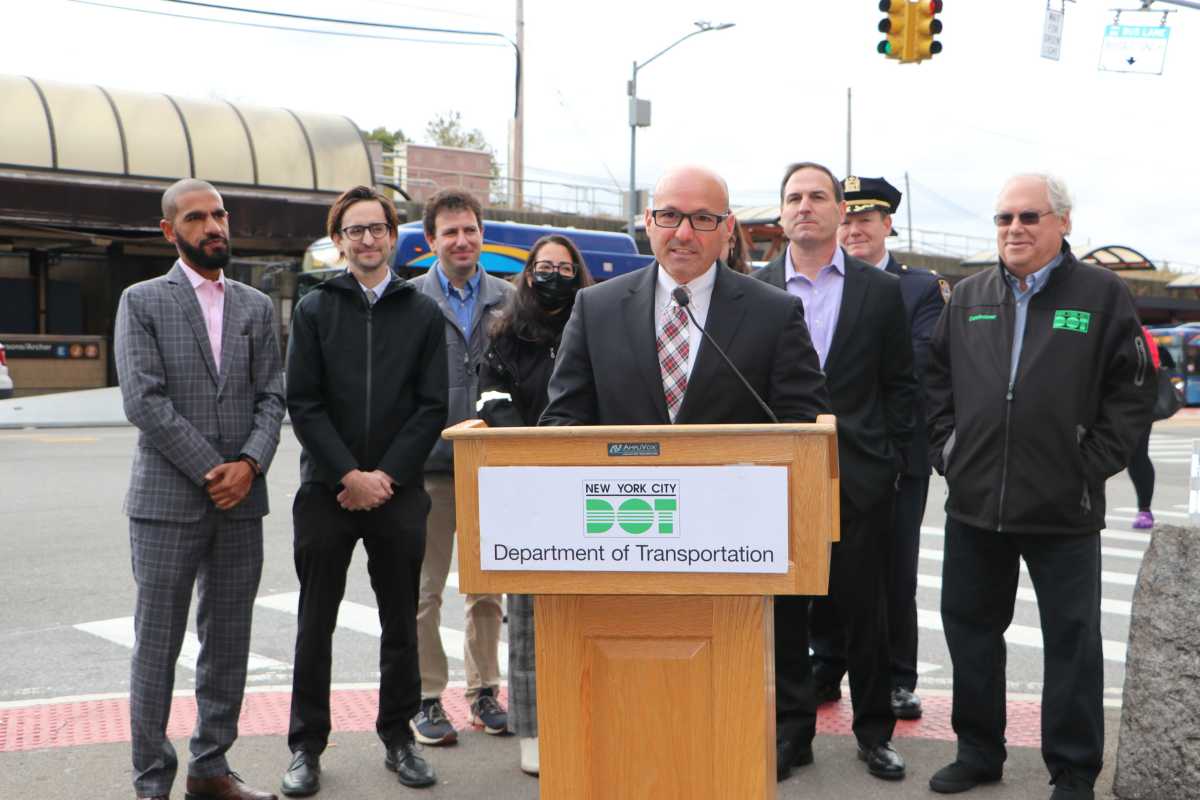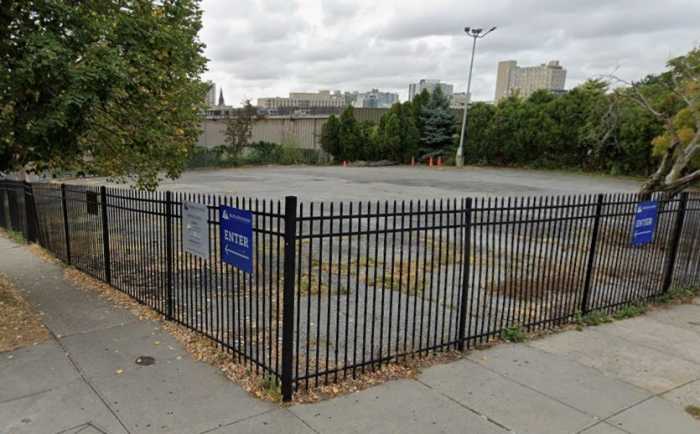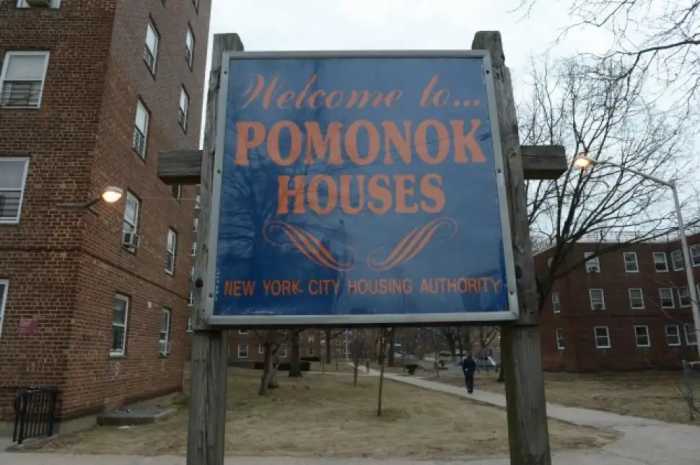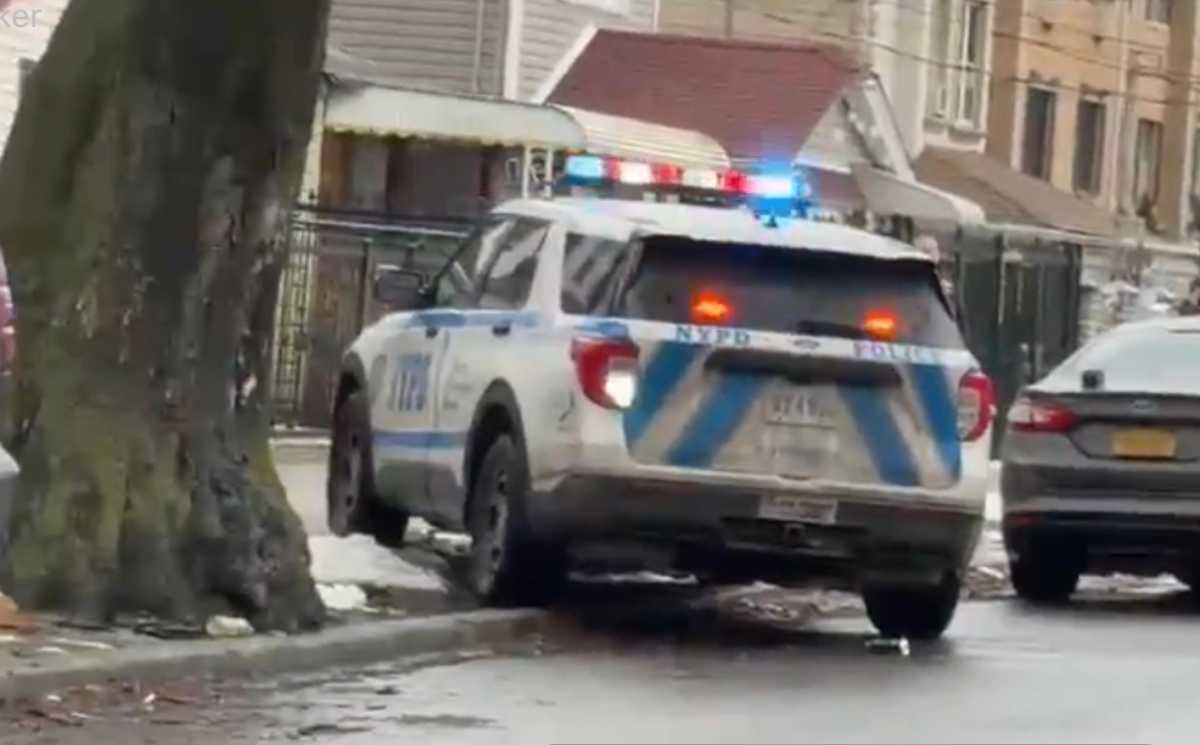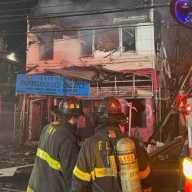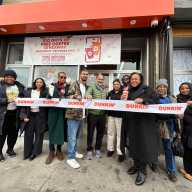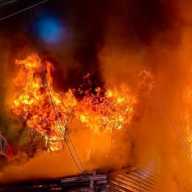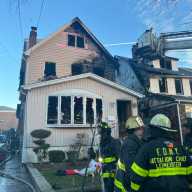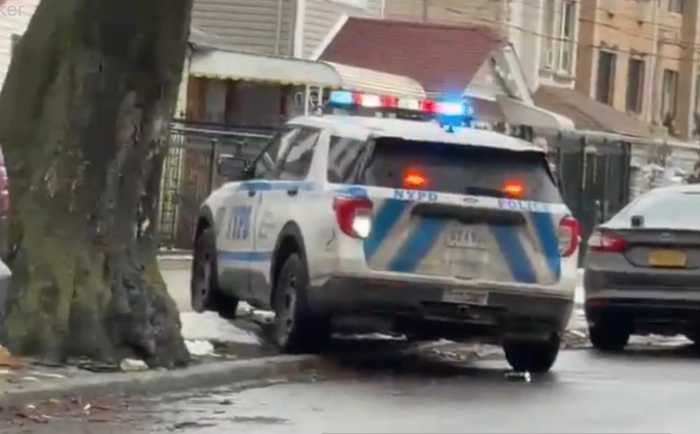Last month, the city unveiled new busways on Jamaica and Archer avenues, touted as “the biggest bus improvement project in New York City history.”
At an Oct. 29 press conference, city agencies, including the Department of Transportation and NYC Transit, gathered with transit advocates and the community to cut the ribbon on the new busways. The one-year pilot projects are part of Mayor de Blasio’s Better Buses plan to install new and improved bus lanes across the city in 2021.
According to the city, the new Jamaica busways will help to speed commutes for approximately 250,000 riders a day — more than any busway to date — and also improve truck and delivery access for local businesses.
“This is a historic milestone in our effort to improve bus service for all New Yorkers,” said DOT Commissioner Hank Gutman. “In terms of the number of lives improved each day, this is the biggest change we have made since the program began and the most dramatic transportation development in southeast Queens since the subway was extended in 1988.”
Gutman said that Jamaica and Archer avenues were chosen due to their roles as hubs of transit, education, business and culture.
“We’re doing it here because this is where it has the maximum impact,” he said.
The Archer Avenue pilot is a physically protected eastbound busway that covers 150th Street to 160th Street. The lanes are reserved for MTA and NICE buses only, which have access to these lanes 24 hours a day, seven days a week.
Commuter vans have marked pickup and drop-off zones on 153rd and 160th streets between Archer and Jamaica avenues.
The Jamaica Avenue pilot begins at Sutphin Boulevard and extends to 168th Street in both directions and gives access to buses and commercial trucks 24 hours a day, seven days a week.
Passenger vehicles are prohibited from driving along Jamaica Avenue from Sutphin Avenue to 168th Street and can instead use Hillside Avenue and Liberty Avenue. Vehicles can turn onto Jamaica Avenue from side streets only to travel short distances and they must generally make the next right turn to exit the avenue.
DOT instated new curbside regulations to allow parking, truck loading and pedestrian space where old bus lanes were removed.
“The completion of these new busways is a major boost for transit as we look to provide the world-class service our customers demand and deserve,” said New York City Transit Interim President Craig Cipriano. “Jamaica and Archer avenues are major arteries right here in southeast Queens and dedicated bus lanes with help thousands of commuters across 26 routes get where they need to go faster and more efficiently.”
Cipriano cited the success of similar bus lanes and automated camera enforcement in areas like 14th Street in Manhattan, Main Street in Flushing and 181st Street in Washington Heights.
“If you’re not a bus, stay out of our bus lanes,” he said.
Prior to beginning the pilot projects, DOT held an “extensive community outreach process,” which involved open houses to gather feedback on the projects and nearly 20 events with community advisory boards and other stakeholders in 2020 and 2021.
But not everyone in the community was thrilled about this major change in Jamaica. Resident Bruce Parker works for a city agency and is often inconvenienced when he drives around for his job. Instead of using Jamaica Avenue, Parker said he is often rerouted and forced to drive for longer.
“I understand the bus lanes are important but to take the whole street and not have it for commuters is also an inconvenience for everybody, which I feel is not fair,” Parker said.
Despite the DOT’s outreach process, Parker felt that the community needed more engagement prior to completing the project.
“I feel like a better solution is just trying to figure out how best you can survey the community first before you do a project like this because I feel like projects like this are done without coming to the community to see what the community really needs.”

